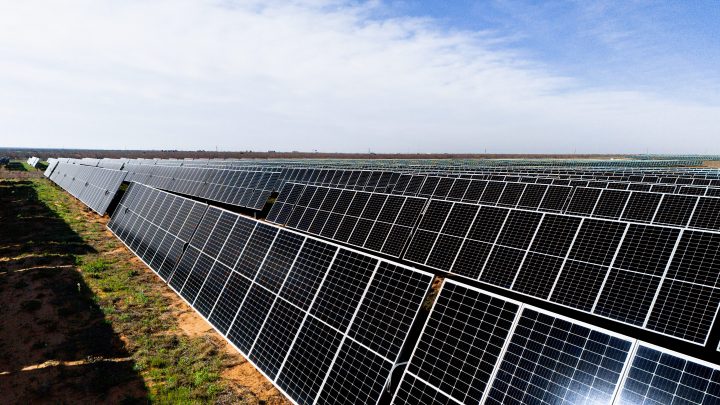
“Green bank” funding could help renewables be more profitable for investors
“Green bank” funding could help renewables be more profitable for investors

This week, the federal government announced a $20 billion investment in low-carbon energy production via grants to “green banks.”
The money, which comes from the 2022 Inflation Reduction Act, will be routed through eight community lenders and nonprofits around the country geared to clean energy and climate solutions. And it will help finance residential heat pumps, community wind and solar development and other energy-efficient upgrades in low-income, rural and tribal communities.
The hope is that some government backing will mobilize private investment in those projects.
Investing in renewable energy often isn’t all that profitable to begin with. And a project in a low-income community is more likely to be passed over by investors.
“It typically is put into a high-risk category with the highest rates,” said Daniel Schwartz of the University of Washington’s Clean Energy Institute.
He said some federal funding can sweeten the deal because it de-risks the portfolio.
For every federal dollar spent, the Environmental Protection Agency expects the program to generate $7 in private investment.
“For so long we have not had that kind of capital,” said Donna Gambrell, head of Appalachian Community Capital, which will distribute $500 million in green bank funding.
She said that could help finance everything from electric delivery trucks to rooftop solar panels in coal country. “Really helping families and businesses build wealth, generational wealth,” she said. And reduce their carbon footprint.
Still, Dan Schrag, a professor at Harvard University’s Earth and planetary sciences department, called 20 billion federal dollars a drop in the energy transition bucket.
“Last year the world spent $1.7 trillion on clean energy, and it wasn’t nearly enough,” he said.
To really get private investors excited, Schrag said, the federal government needs to help make renewable energy more profitable than fossil fuels.
There’s a lot happening in the world. Through it all, Marketplace is here for you.
You rely on Marketplace to break down the world’s events and tell you how it affects you in a fact-based, approachable way. We rely on your financial support to keep making that possible.
Your donation today powers the independent journalism that you rely on. For just $5/month, you can help sustain Marketplace so we can keep reporting on the things that matter to you.

















